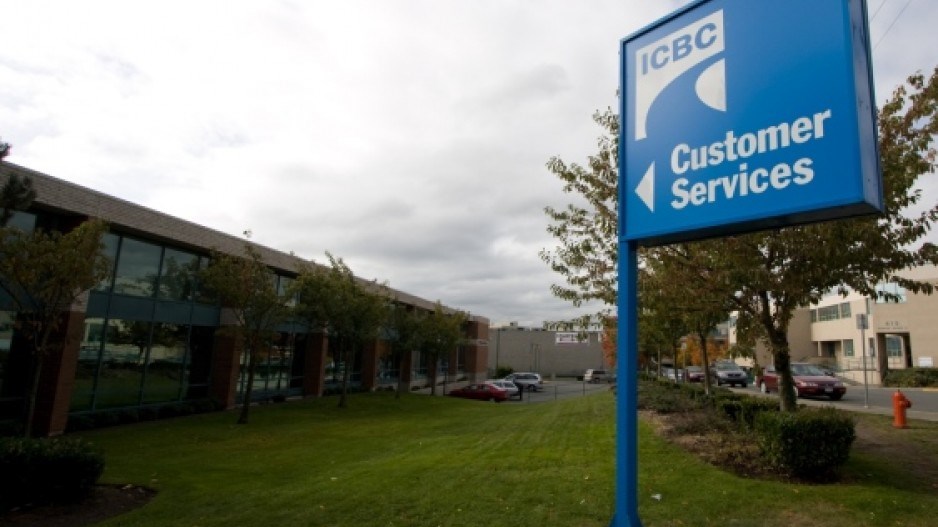Three thousand luxury vehicle owners across British Columbia will soon be forced to find private auto insurance as ICBC plans to cut them loose — a move B.C. Transportation Minister Todd Stone announced Wednesday (November 23) to tamp down rates that could rise 42% by 2020, according to one hypothetical scenario.
ICBC had sought to keep the highest-cost scenario secret, saying it could give a misleading impression, but the B.C. Utilities Commission insisted that it be made public.
But with 3.1 million other vehicles on B.C. roads — including 578,000 on Vancouver Island — the Insurance Corporation of B.C. faces many financial challenges beyond the high cost of repairing luxury cars with price tags of $150,000 and up.
To cover the escalating cost of claims, ICBC would need to charge every customer $130 more a year starting today — a rate increase of 15.5%, according to ICBC.
August, the Crown corporation applied to the B.C. Utilities Commission to increase basic rates by 4.9%.
In scenarios developed by ICBC, basic rates could rise about 42% by 2020 if it is unable to stem the rising costs of claims, 25% if there is modest progress, and 16% in the best-case situation. Rate increases would be lower if there were fewer crashes and fraudulent claims, the corporation said.
Stone told reporters the highest percentage was the “extreme worst-case hypothetical situation” that would not be allowed to happen. “I want to reassure the public that these are extreme projections that do not consider the actions the B.C. government and ICBC are taking to reduce the pressure on rates.”
In a statement, ICBC said, “The request from the BCUC directed ICBC to assume that no efforts are being made by the corporation and government to expand on our current initiatives or to implement new initiatives designed to alleviate the pressures being put on insurance rates — this is far from the case. Nor did the request consider any future improvements to the various rate mitigation initiatives already underway.”
In August, ICBC released figures on escalating costs:
• Settling injury claims totalled $2.4 billion in 2015, an increase of 60%, over the last seven years.
• Crashes jumped 15%, to 300,000 in 2015 from 260,000 in 2013.
• Repair costs increased 17% from 2014 to 2015, to $1.36 billion.
ICBC also cited a “staggering” 32% rise in the number of people being injured per crash over the past six years.
In August, the NDP Opposition derided the BC Liberals for skimming hundreds of millions in dividend dollars from ICBC, a total of $1.2 billion since 2010 — money it said could alleviate rate increases.
ICBC basic coverage is mandatory for vehicles in B.C. Until that changes for private luxury cars, the province said it “will immediately take steps so high-end luxury car owners will pay more than double for their basic insurance and ensure their premiums fully cover all costs of any repairs. These interim changes will be formally implemented as soon as possible.”
In 2015, the average premium, combining basic and optional coverage, was $1,196 — pretty well regardless of the make, Stone said.
“Right now, whether a person drives a $15,000 Honda Civic or a $300,000 Ferrari — their basic insurance premiums are similar. If owners of high-end luxury cars can afford a high-priced car, they certainly can afford to pay higher premiums to cover the real cost for their repairs,” Stone said in a statement.
“We want to ensure that the regular, everyday driver is not paying for the additional repair costs of these cars through their insurance rate.”




